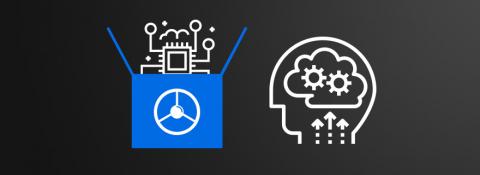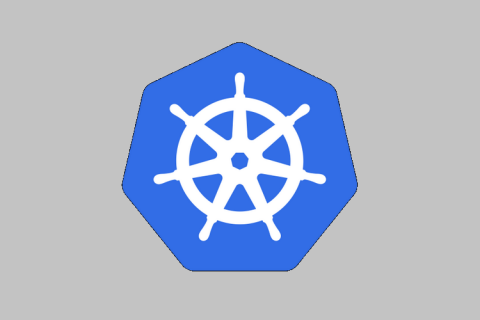Deep Packet Inspection: What's next?
Since all technology traffic analysers have evolved, and in order to answer the question of what the next step in this evolution is many experts suggest that the deep packet inspection is the point to which all will evolve. However, deep packet inspection is not a new concept; ISPs have been using it, not without controversy, for some years. Then why is it referred to as the next step?











